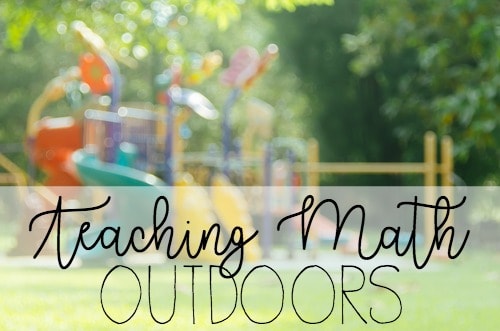
Does anyone else’s students think that the minute state testing is over, they are finished with school for the year? While that might sound nice, it just isn’t possible with 20 days left of school. I may have taught all of my standards, but there are still concepts I want to reteach and a few things I want to introduce to help my students out in fifth grade. I’ve also learned the hard way that if I abandon my classroom routines and procedures, I’m setting myself up for a miserable end of the school year. Oh, what a painful lesson that was to learn…ouch! However, I do completely recognize that my students have worked hard all year. They’re tired and need a little extra fun sprinkled into their days. One of my absolute favorite ways to keep students engaged is to take them outside, so I’d like to share some of my favorite activities for teaching math outdoors.

Outdoor Math Scavenger Hunt
I’ve recently created an Outdoor Math Scavenger Hunt to aid in teaching math outdoors. If you follow me on Instagram, you know that I’ve had a bit of a problem with my scavenger hunt… endless rain! That is one part of the lesson I had not considered. In the scavenger hunt, there are nine different math activities for students, and they all require just a few extra materials and not a lot of extra prep. Students work with a partner and take a clipboard, pencil, and recording sheet outside for the scavenger hunt.
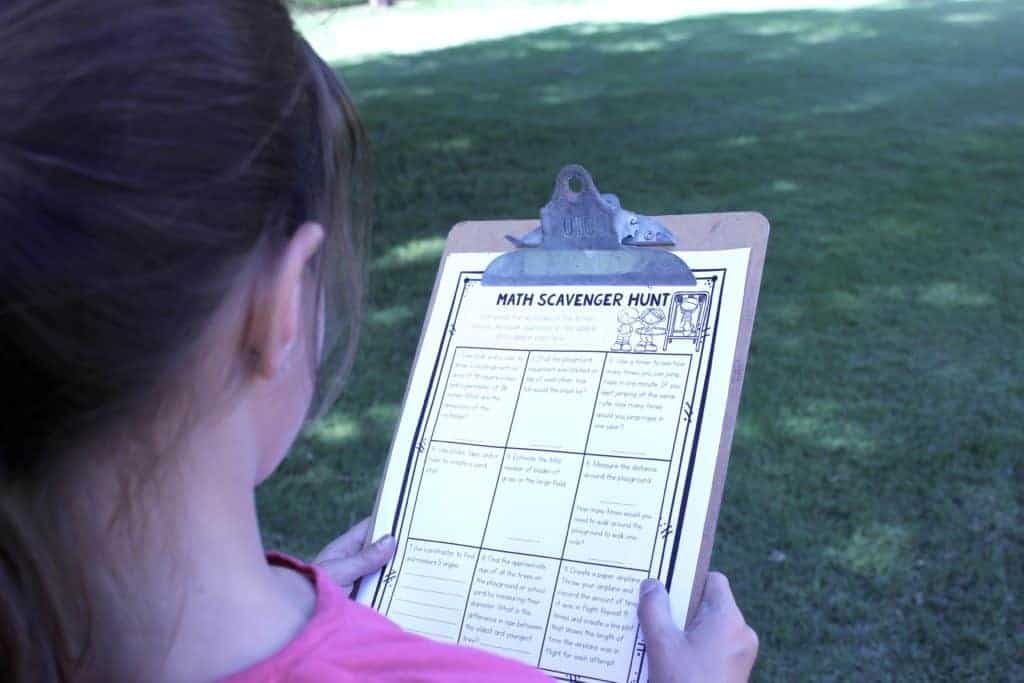
I printed a colorful label with directions for each of the activities and taped the label to a basket. I placed any necessary supplies or materials inside the basket. Finally, I placed the baskets in random locations around the playground so students could spread out, but where I could also supervise all students at the same time.
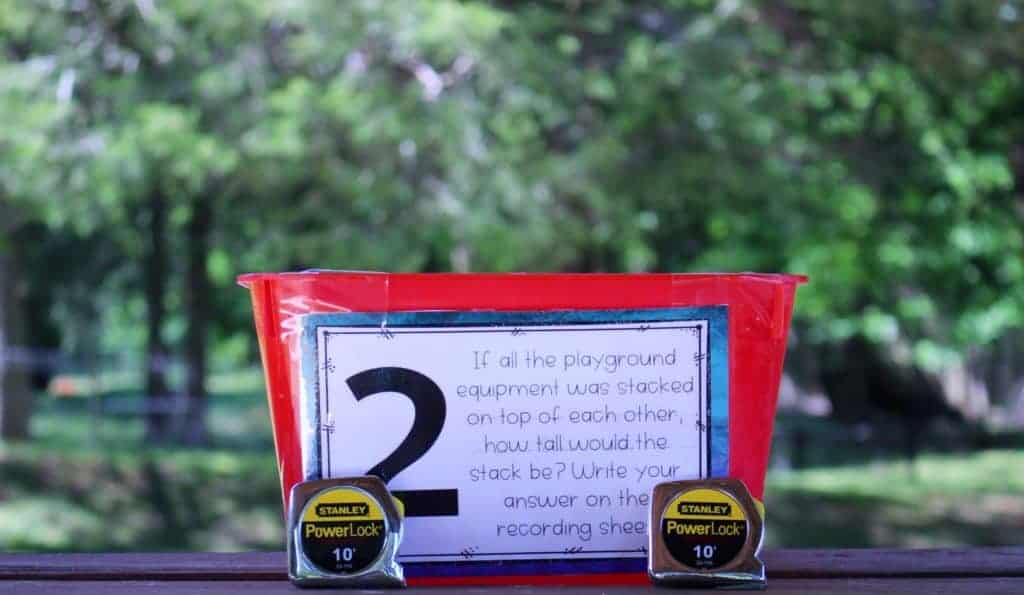
In one station, students use a ruler to draw a shape with a given area and perimeter. Students really have to think, because the obvious dimensions for area won’t create the perimeter needed for the figure. This is great area and perimeter, as well as using a ruler practice!
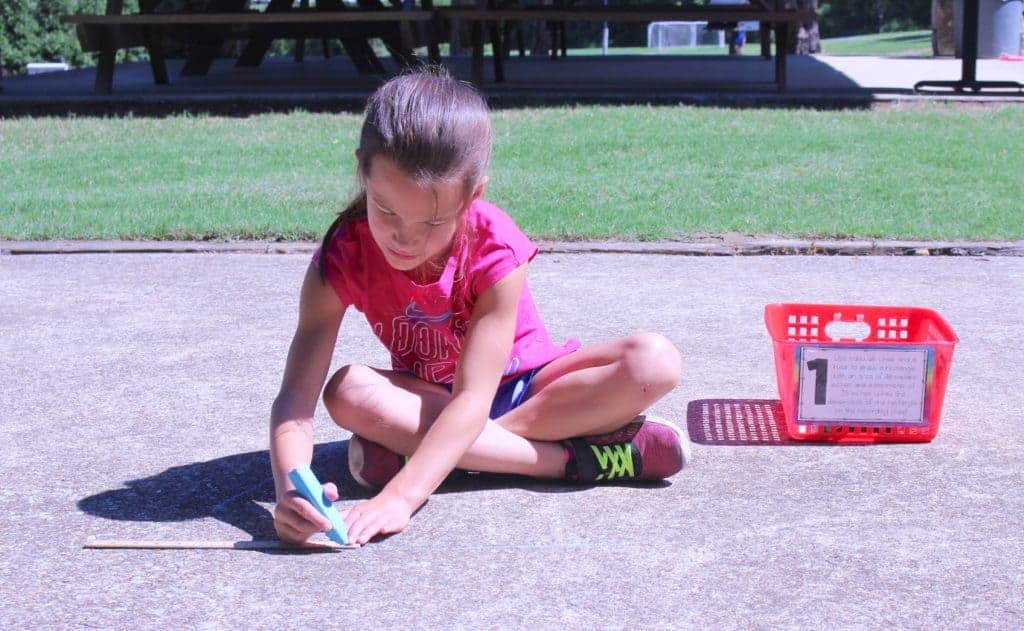
Measuring Heights
In another activity, students measure the height of all the playground equipment. To give my fourth graders an extra challenge, they have to determine how tall the equipment would be if it was all stacked on top of each other. If I was still teaching third grade, I would not have students add the measurements together, because I’m afraid that would be a bit confusing. Instead, I would simply have them list the measurements.
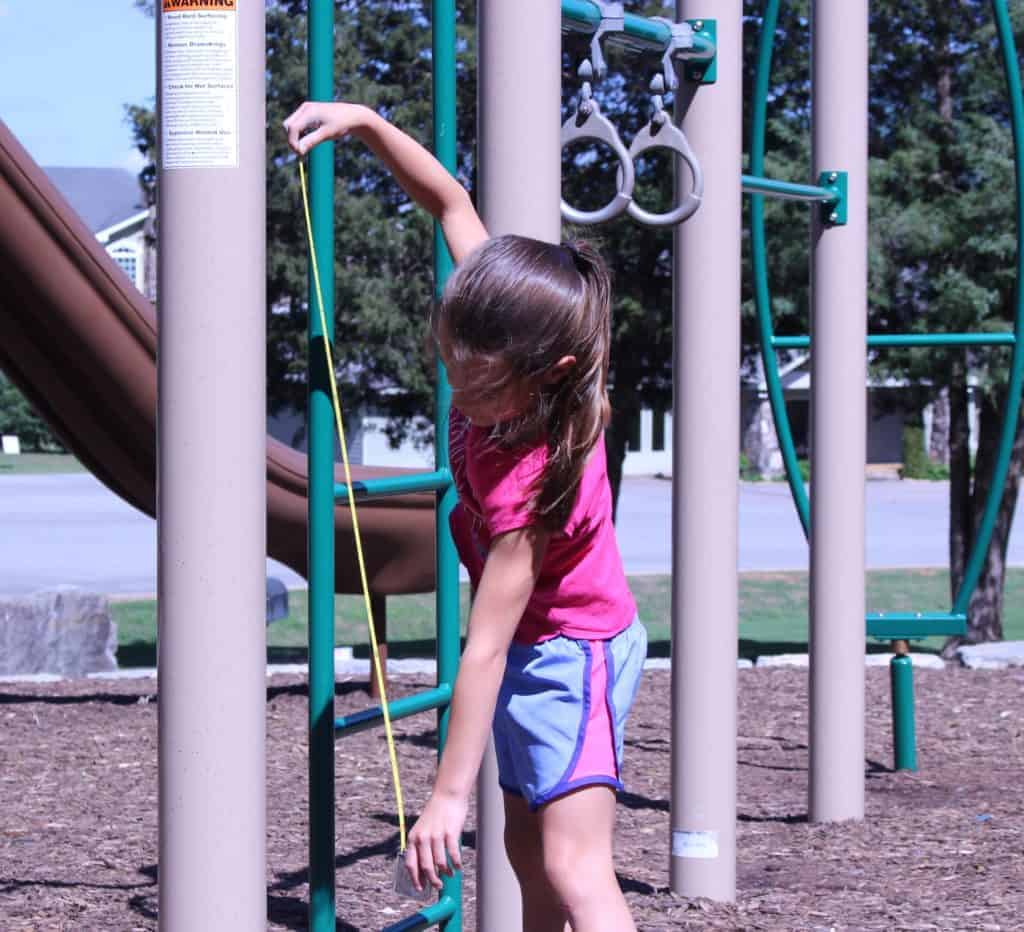
Timed Jump Rope
In a different activity, students have a partner time them as they jump rope for one minute. Students then use that information to find how many times they could jump rope in a day, week, month, or even year. For the sake of simplicity, I let students assume they would keep the same rate all year long. Once again, I’d adapt this a bit if I was teaching third grade. I don’t think my students could solve that difficult of a math problem, so I’d either allow students to use a calculator or I’d have them estimate to the nearest ten, so they were multiplying by multiples of ten.
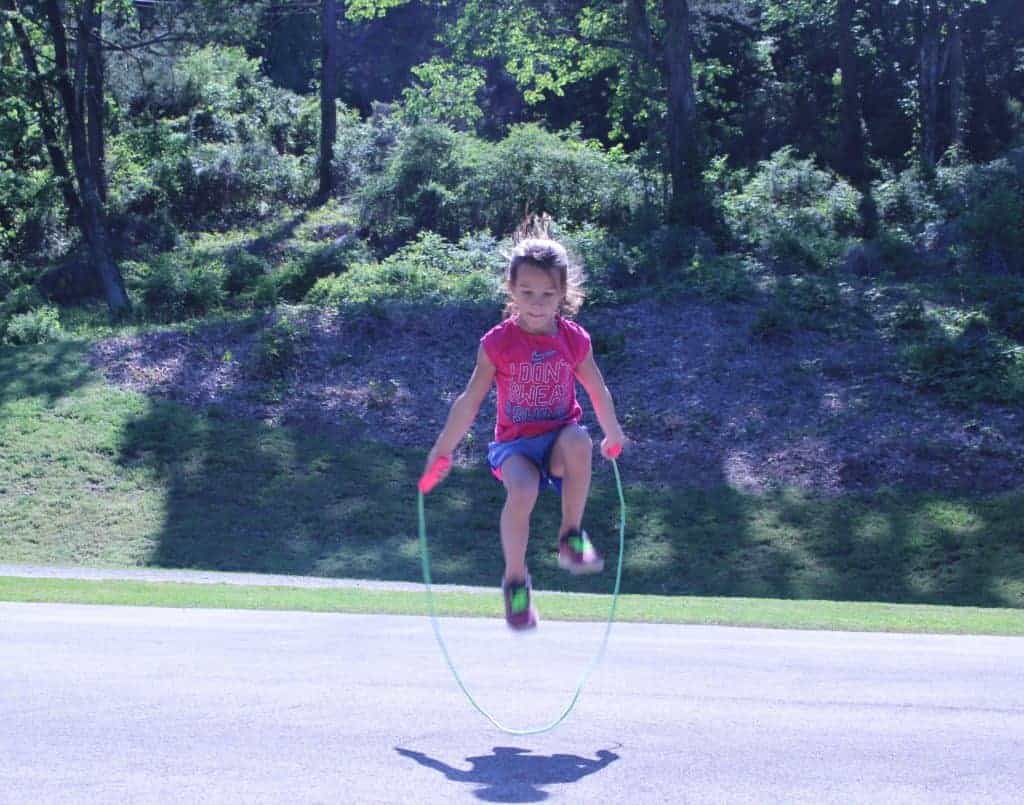
DIY Yardstick
The fourth part of the scavenger hunt has students use rulers, tape, and sticks to create their own yardstick. In this activity, I’m careful to have a designated place for students to place their yardsticks, to they’re not running around with sticks in their hands, or worse – swords.
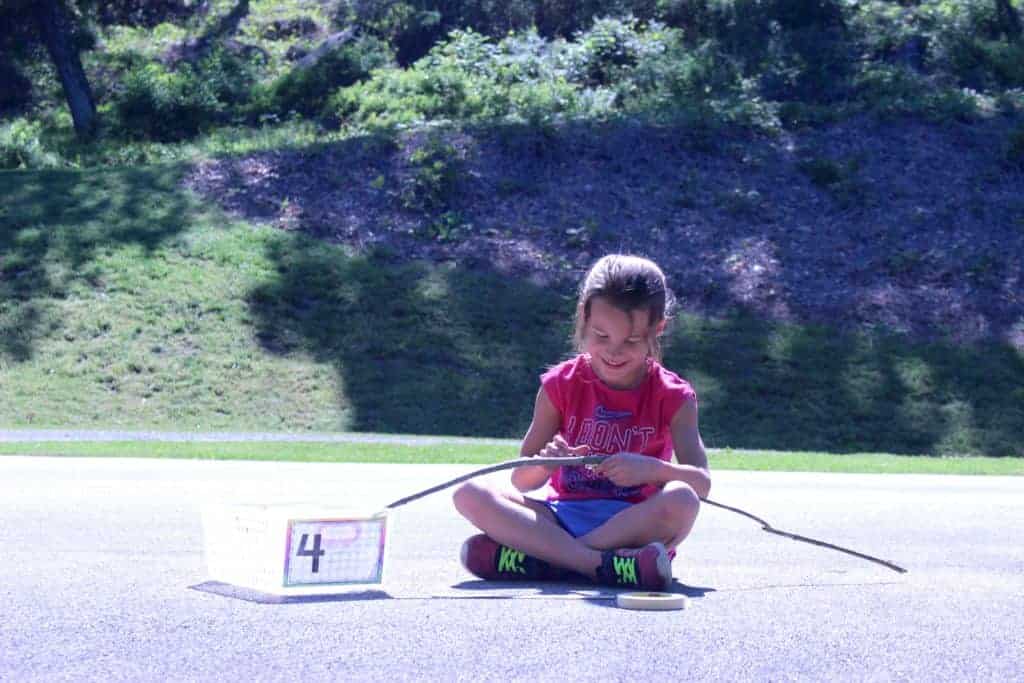
Blades of Grass
I got the idea for the next activity from Because of Mr. Terupt. In the book, Mr. Terupt had his students try to count the blades of grass on the soccer field. Obviously, that’s not realistic, but students began to problem solve and think of estimation strategies to estimate the blades of grass. We don’t have a soccer field, so I generically said field. This is the station where students will need the most help, because I don’t want them counting blades of grass for a solid hour. The overall goal is for students to strategize and problem solve. Ideally, students will count the blades of grass in one square inch or maybe even one square foot. Then, students can measure the field and then use multiplication to estimate. If I was teaching third grade, I’d definitely make sure students estimated to the greatest place, rather than using exact numbers.
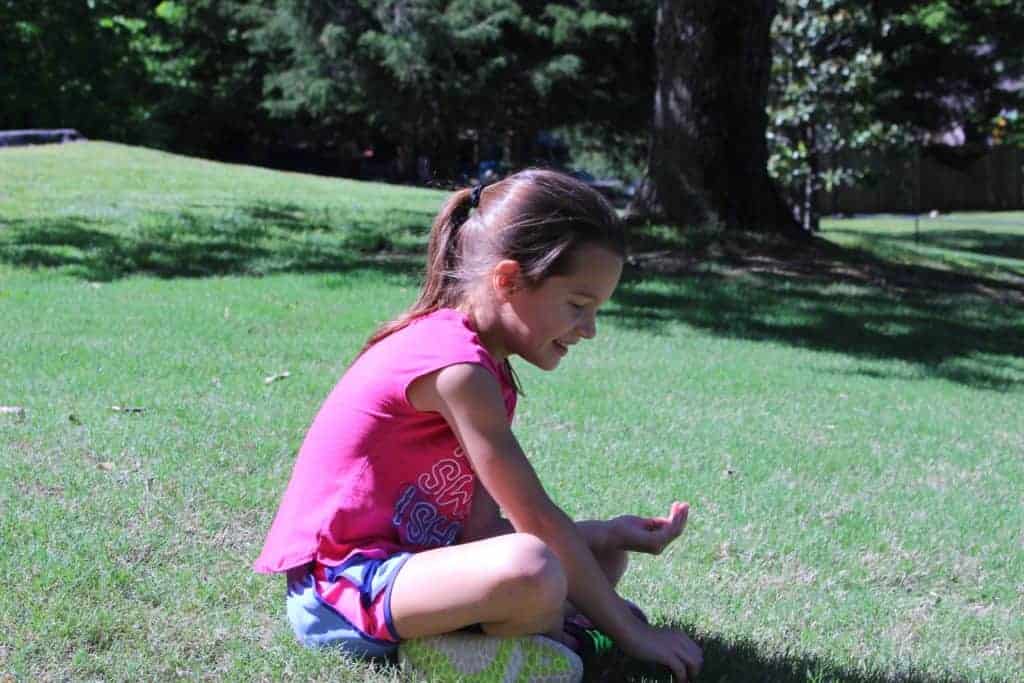
Angle Measurement
Another activity I’ve differentiated for third and fourth grade is the measurement of angles activity. In the fourth grade version, students locate and use a protractor to measure five different angles. In the third grade version, students locate five angles and label them as acute, obtuse, or right angles.
Note: In the interest of full disclosure, I made my daughter pose for the photos, because I never use pictures of my students in my blog. You may notice that she has no idea how to use a protractor…yet.
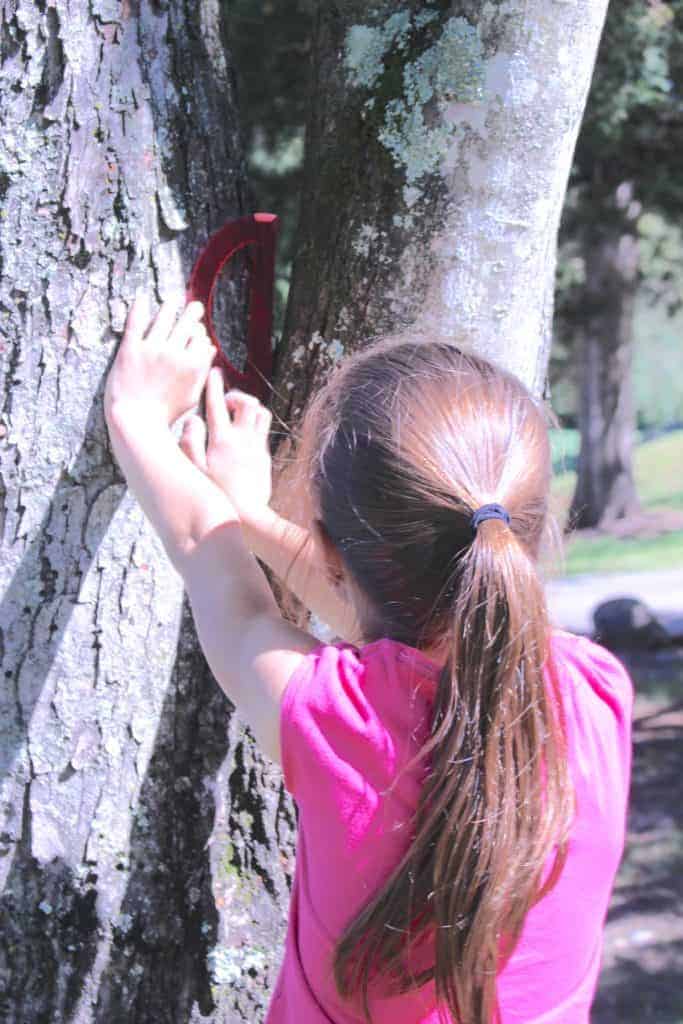
Students also use tape measures to measure the circumference, hence age, of trees on the playground. If you don’t have trees, have students measure the circumference of five cylindrical items. As an extension, students could use the age of the tree to determine the year the trees may have been planted.
Anyone with more than one child knows you can’t have one child pose without getting the other child involved. So now my little one is pretending to know how to measure the circumference of a tree.
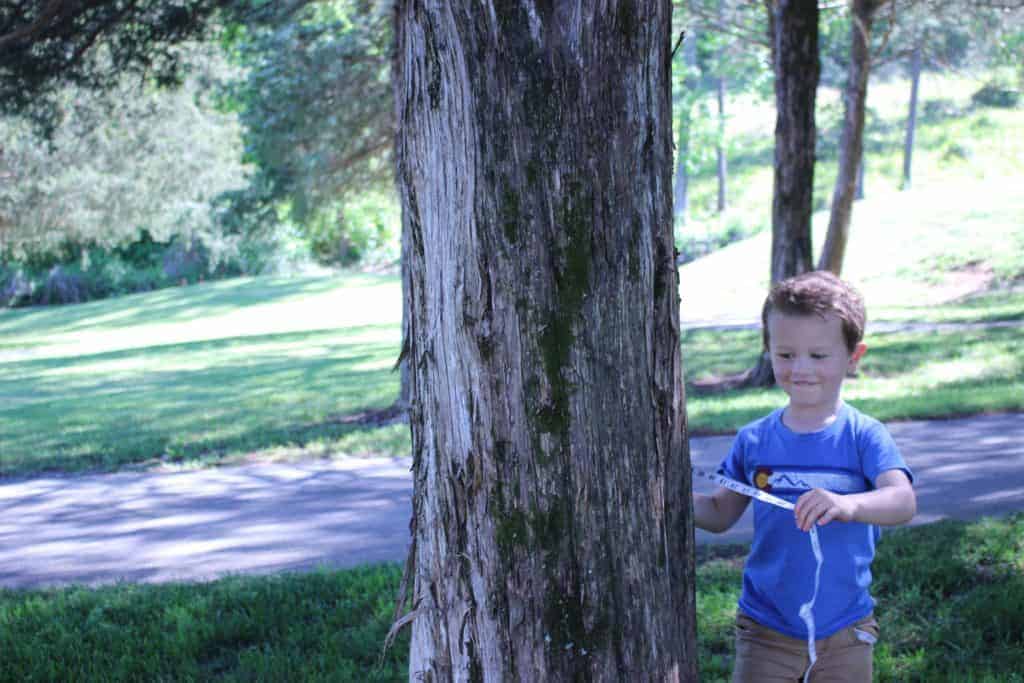
That’s definitely not all of the activities incorporated in the Outdoor Math Scavenger Hunt! Students make line plots, throw paper airplanes, and more as they have fun AND learn!
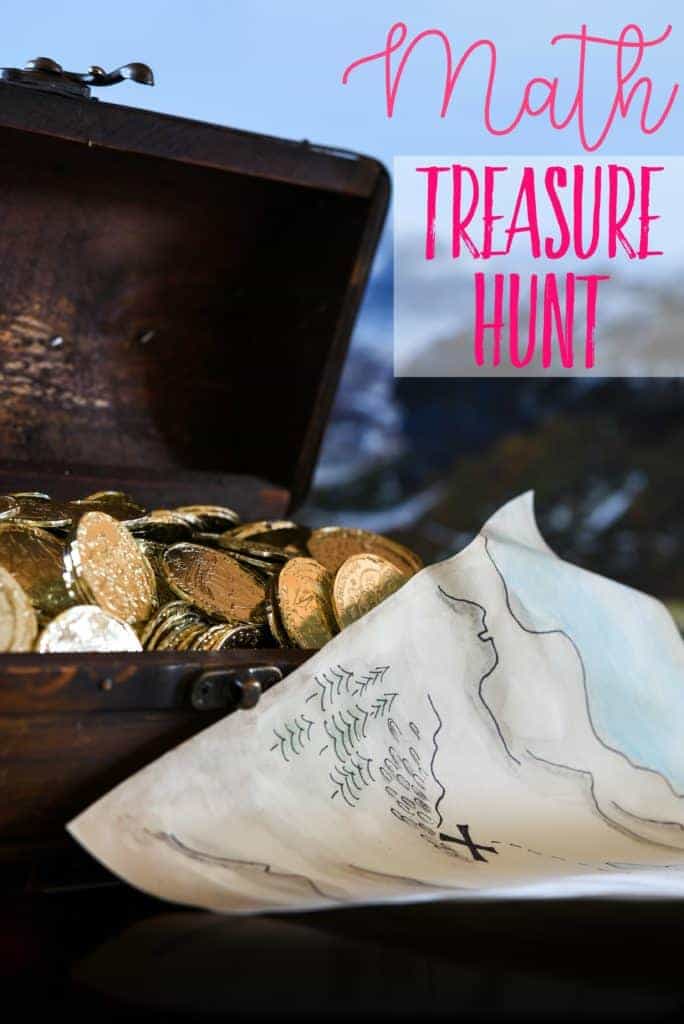
Math Treasure Hunt
A coworker gave me the idea for another activity for teaching math outdoors that I’m really excited about. I’m calling it a Math Treasure Hunt. I plan to have students work with a partner for this activity, and I’ll also utilize a parent volunteer. I’ve created a treasure map for my students with directions such as: walk 15 feet forward, turn 45 degrees to the right, walk 3 yards forward, etc. I have a long series of directions for students to follow. At the end of the map students should be standing where the treasure is “buried”. We’re going to pretend there is a buried treasure. I’ll actually have some little treasure in my classroom.
The group of students who finish closest to the correct final location will receive the treasure. I originally planned to create several different treasure maps, so everyone could complete the activity at the same time, but to be honest, I don’t have the time or energy for that! Instead, I plan to stagger start times for the activity by 5-7 minutes, which is where my parent volunteer will be helpful. She/I can stay in the classroom with students and send one group of students outside to the playground and continue sending new groups every five minutes until everyone is outside.
I anticipate quite a few mistakes, so I’m not worried about students copying other student’s paths, because who knows which group is on the correct path. If students feel that they’ve made a mistake, they will be welcome to try it again. It’s important that everyone begins at the exact same starting place, facing the correct direction. It’s also important to make sure students understand what it means to turn 90 degrees to the right or left.
Hopefully these two activities will help you out with your end of the year lesson plans! I know they have me excited for math! Have you tried teaching math outdoors yet?


